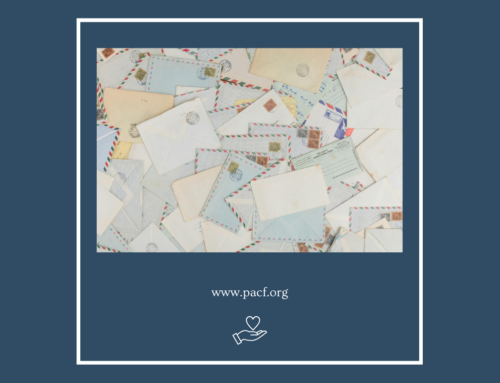On November 21, Boston College law professor Ray Madoff wrote in The New York Times (“Tax Write-Off Now, Charity Later”) that the recent growth of donor-advised funds, especially those administered by large mutual fund companies, are keeping much-needed resources OUT of the hands of nonprofits, while lining the pockets of fund administrators who prefer to keep their fee income high.
Her critique implies that donors use these funds to claim a deduction (and avoid taxes) in the present, while delaying any actual benefit to real charities for many years, claiming that, “much of this money does nothing at all for an indefinite period.” Yet the facts tell a different story: the latest IRS 990 form filed by Fidelity Charitable confirms that prudent investment management of donor-advised funds helps build greater wealth to benefit charitable causes, and moreover, these funds pay out, on average, over 20% of their total value each year to 501c3 organizations.
The article also omits some of the context that helps to explain why donor-advised funds have become such a popular vehicle for philanthropy in the United States—and, Professor Madoff does not mention the role of community foundations in administering donor-advised funds, focusing only on those run by mutual fund companies like Fidelity and Vanguard.
Donor-advised funds were first introduced by community foundations in 1931 as a democratizing effort to help Americans of all means to focus their giving and access the expertise of professionals to help them reach their philanthropic goals. As local hubs for giving with close ties to area nonprofits, community foundations are uniquely positioned to effectively bring together the resources of generous residents to address the greatest needs in a community.
The commercial gift funds started in 1991 when Fidelity was issued tax-exempt status for its Charitable Gift Fund. These funds offer the convenience of “one-stop shopping” (allowing donors to manage their charitable giving along with their investments), but they do not offer the same hands-on service or local expertise of a donor-advised fund at a community foundation.
While donor-advised funds have no payout requirement under current law, Professor Madoff’s concerns that funds can accumulate with no direct charitable benefit are overblown. Donor-advised funds eliminate the administrative costs of creating and then administering a private foundation (more than 20% annually, by some estimates), enabling donors to ultimately give more to charity. And particularly at community foundations, whose mission is to promote giving and support local nonprofits, a donor-advised fund gives generous individuals access to knowledge and resources that help to ensure not only that they give, but that they give wisely and in ways that make a difference.
At the Princeton Area Community Foundation, we encourage fund advisors to use their funds robustly and we do not allow funds to stagnate without making the charitable gifts for which they were established. We keep administrative fees as low as possible and provide research and reporting to fund advisors, because we believe the best way to stimulate giving and support nonprofits is through active engagement of donors and fund holders, not through the intervention of the IRS.





